Iran Kurds: Religion, Population, Culture, Food, Clothes
Kurds, an ancient ethnic group with a vibrant cultural heritage, have captivated the world with their remarkable story of resilience, unwavering determination, and the pursuit of self-determination. The Iranian Kurdistan map is the area in the northwest of Iran that is predominantly inhabited by Kurds, an Iran ethnic group who live in the region. The Kurds have faced numerous challenges throughout history, yet they tenaciously uphold their identity, language, and aspirations. In this article, we delve into the captivating tale of the Iran Kurds, shedding light on their cultural significance, historical struggles, and their ongoing pursuit of dreams and aspirations.
Kurdish Traditional Music
Kurdish music is an ancient melody that has been around for hundreds of years. It has been carrying a rich history of Kurdish culture. This music not only reflects the Kurds’ long and diverse history, it also shows their traditional culture, customs, values, and beliefs.
Kurdish music has a unique sound that is created by using a variety of instruments, such as the traditional Daf (frame drum), Balaban (falcon-like end-blown flute), and the Zurna (crowd-pleasing oboe). Different types of drums, such as the Tombak (double-headed drum) and Davul (hourglass bass drum), are commonly used as well. Kurdish music is usually categorized into four distinct genres. The most popular genre is traditional and folkloric music, which typically includes instrumental compositions with poetic and poetic-narrative lyrics.
The second genre of Kurdish music is Rebat (or Daramic), which is a type of Iranian folk music that is generally accompanied by dancing. Another genre is called Saz and is typified by stringed instruments such as the Saz (dulcimer), Santur (hand-held cylinder drum), and Tanbur (long-necked lute). Kurdish music is still a popular form of expression among the Kurds and is performed at weddings, festivals, and other special occasions. Although music has been around for centuries, it continues to evolve as it is adopted by more diverse cultures around the world.
Kurdish Dance
Kurdish dance is an art form that has been passed down through generations of Kurds. It is an integral part of many celebrations and festivities among the Kurdish people and is characterized by its energetic and vibrant rhythms. Kurdish dance has its own unique style and incorporates a variety of traditional folk and classical steps.
The style of Kurdish dance differs from region to region. In some places, it is characterized by a fast-paced tempo, while in others, it is slower and more passionate. There are also different variations of dance, such as the traditional group dance style, which is done in a circle or line with the participants facing each other.
Kurdish dance is often accompanied by instruments like drums, stringed instruments as well as vocals. The vocal style is vibrant and improvisational, which creates a sense of unity. Some Kurdish songs include folk poetry and romantic themes. Kurdish dance is closely tied to its cultural identity. It celebrates the life and the Kurdish spirit, which handles adversity with hope and resilience. It is a signature aspect of the community’s culture, with the goal of not only expressing joy throughout life but also depicting its struggles.
Kurdish Food
Kurdish cuisine varies slightly from region to region but is known for its bold flavors and hearty dishes. Dishes are often served with rice, a staple in the Kurdish diet. Common ingredients include vegetables, pulses, grains, yogurt, flatbreads, various types of meat, cheese, and nuts. They also make use of a variety of spices, including saffron, sumac, and cardamom.
Kurdish people love to cook outdoor barbeques, marinated meats such as chicken salted and spiced with paprika, sumac, garlic, and kebabs, often served with a sour yogurt sauce. Stews such as dolma (a mixture of vegetables and pulses such as lentils stuffed with juicy rice ) are also enjoyed, as are ash-enriched soups flavored with garlic and spice. Meat dishes may be rubbed with a spice mixture before they are cooked, and stocks, stews, and sauces are often enriched with the addition of tomato and saffron.
A meal isn’t complete without dessert. In Kurdish cuisine, these often look like ice cream in Kurdish eyes; baklava (a pastry of layered filo pastry filled with nuts and syrup), or firnee (a creamy pudding made of ground almonds, rice, sugar, and whole milk), which is often served during celebrations.
Kurdish Clothes
Clothing styles vary by region and are a reflection of traditional Kurdish culture. Common elements are loose-fitting garments in shades of white, bright and earthy colors, and intricate designs with geometric shapes. Generally, Iranian Tribes’ Clothing, full of color, flower patterns, and fascinating designs, is what makes the tribes super unique.
Many Kurdish traditional clothes have influential ties to history, such as traditional Iranian Kurdish women’s clothing featuring the red, yellow, and green of the Kurdish national flag. Traditional clothes can be found all over Kurdistan, from the bustling markets of cities in the north to the smaller villages in the south.
Women’s traditional Kurdish garments include loose trousers, wide, long-sleeved shirts, and colorful scarves. Accessories may include headscarves, large hoop earrings, jewelry, and colorful bags. Both men and women often accessorize with belts decorated with coins. Traditional men’s clothes have a vest (known as a kop) that resembles a loose robe, with a sash around the waist and wide baggy trousers. Some men also cover their heads with a skullcap.
Cities in Iran Where Kurds Live
The vast majority of Kurds living in Iran are Sunni Muslims, but there are some Shia Kurds as well. The largest concentrations of Kurds in Iran are found in the provinces of Kurdistan, West Azerbaijan, Ilam, Kermanshah, and Western Azerbaijan. Kurdish cities in Iran offer a diverse tapestry of culture and history. Among them, Marivan, situated in Kurdistan Province, stands as a significant center with the largest concentration of Kurds in Iran.
Saghez
Saghez, the capital of Kermanshah Province, mesmerizes visitors with its remarkable monuments and towers. The city’s imposing architecture stands as a testament to its rich historical heritage and serves as a source of pride for the Kurdish population residing there.
Sanandaj
Sanandaj, the second-largest Kurdish city in Iran and the capital of Kordestan Province is renowned for its rich artistic traditions and craftsmanship.
Located near the border with Iraq, Mahabad, a city in West Azerbaijan Province, is home to a thriving Kurdish population.
Bukan
Bukan, situated in West Azerbaijan Province near Mahabad, captivates with its ancient sites and archaeological remnants. The city’s historical significance offers glimpses into the ancestral roots of the Kurdish people and provides a deeper understanding of their cultural legacy.
Handicrafts of Kurds in Iran
Kurdish handicrafts are an integral part of the Iranian Kurdish culture. These arts and crafts are noted for their intricate designs, vibrant colors, and interesting textures. Kurdish handicrafts are created using a variety of materials, including wool, cotton, paper, metal, glass, wood, leather, and more. There are many traditional crafts that are unique to Iranian Kurds, as well as newer styles that have adapted over the years.
The most notable of these handicrafts is the art of carpet weaving. Iranian Kurdish carpets are renowned for their intricate designs and bright colors, with some pieces taking up to a year to craft. Most commonly, the designs are based around geometric shapes, though some more intricate pieces feature flowers, animals, or other motifs related to Kurdish culture.
Kilim rugs are another popular handmade item from the region. Like carpets, they feature geometric designs and are made from wool or cotton. Kilims can take up to three months to weave, and these handmade pieces feature vivid colors and intricate patterns.
Producing chai-gins and kilim bags is a highly specialized craft and requires a great deal of skill. The chai-gins are traditionally made from goat or sheep wool and feature complex geometric designs. The kilim bags are essentially smaller versions of the traditional chai-gons and are typically adorned with elaborate patterns.
Additionally, Kurds are known for their fine jewelry-making skills. The most popular jewelry items are necklaces adorned with semi-precious stones, intricate earrings and bracelets, and elaborate belt buckles.
How Many Kurds in Iran: Kurdish Population
The Iranian Kurdish population, comprised of Kurds who primarily inhabit the northwestern and western portions of the country, is estimated to make up between 7 and 10 percent of the total Iranian population (about 10 to 12 million people).
Kurdish Iranian Religion
The Kurds of northern Iran practice a range of religious traditions, and Islam is a primary religious faith that unifies the people. Although the majority of Kurds are Shiite Muslims, some are Sunni, and many non-Islamic practices and beliefs are still observed in various parts of the region.
The Kurds have also maintained many pre-Islamic rituals, such as cultural and spiritual practices, as well as a distinct language, literature, and folklore. In recent years, groups like Yarsanism and Alevism have become more prominent religious beliefs in Kurdistan. Yarsanism is a syncretic religion that combines elements of Islam, Zoroastrianism, and other ancient faiths. Alevism is a branch of Shia Islam and incorporates philosophical and ethical teachings from the New Testament, Sunni Islam, and classical Sufi thought.
UNESCO Sites Located in Kurdish Areas of Iran
The Kurdish areas of Iran are home to several UNESCO World Heritage Sites that showcase the rich cultural and historical legacy of the Kurdish region of Iran.
Takht-e Soleyman
Located in West Azerbaijan Province, Takht-e Soleyman is a UNESCO World Heritage Site that holds immense historical and cultural significance. It includes the remains of a Sassanian-era Zoroastrian sanctuary situated on a volcanic crater lake. The site features archaeological remains, including a temple, a fire altar, and a fortified wall, reflecting the ancient religious and architectural practices of the time.
Susa
Susa, situated in Khuzestan Province, is an archaeological site that represents the remnants of ancient Elamite, Persian, and Parthian civilizations. This UNESCO World Heritage Site features architectural ruins, palaces, and a famous ziggurat (Chogha Zanbil Ziggurat), testifying to the city’s significance as a political and cultural center in ancient times.
Shushtar Historical Hydraulic System
Located in Khuzestan Province, the Shushtar Historical Hydraulic System is an impressive UNESCO World Heritage Site that showcases the ingenuity of ancient engineering. The system includes water channels, watermills, and bridges constructed during the Achaemenid Empire era. It highlights the mastery of water management and distribution, contributing to the agricultural prosperity of the region.
Bisotun
Bisotun, located in Kermanshah Province, is an extraordinary UNESCO World Heritage Site renowned for its rock relief and inscription. The site showcases an ancient multilingual inscription carved into a cliff dating back to the Achaemenid period. It provides valuable historical and linguistic insights, shedding light on the reign of Darius the Great and the ancient Persian Empire.
Final Word
The Kurds of Iran possess a proud heritage and a vibrant cultural identity that continues to shape the country’s social fabric. Despite historical struggles and ongoing challenges, the Kurds maintain a strong commitment to preserving their Iranian Kurdish language, traditions, and aspirations. The pursuit of recognition, rights, and cultural autonomy remains at the heart of their endeavors. Iran and the international community should acknowledge their cultural significance and aspirations for a future that guarantees their well-being and preserves their unique heritage.
Are you planning to travel to Iran and looking for an Iran travel agency? See the top things to do in Kurdistan and check out our Iran tours.

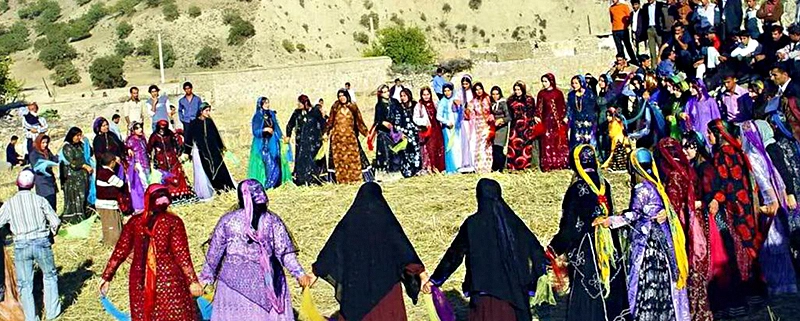

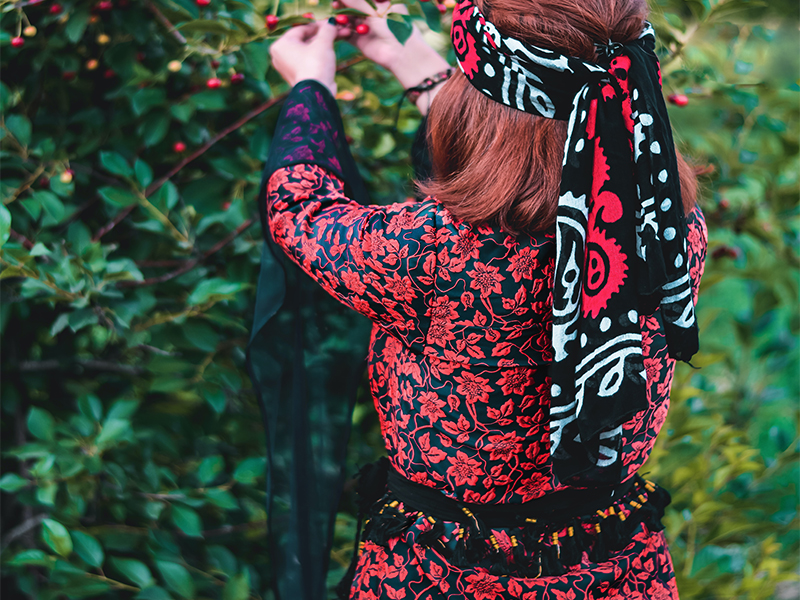
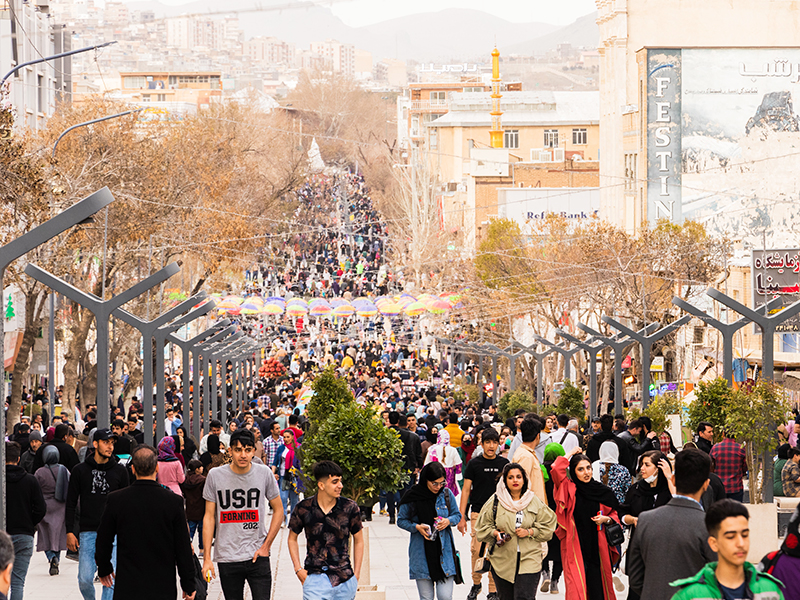
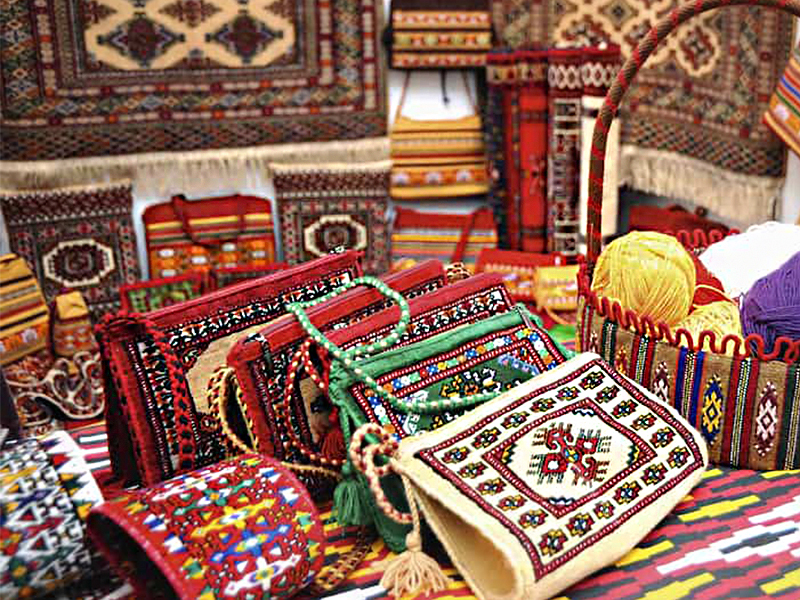
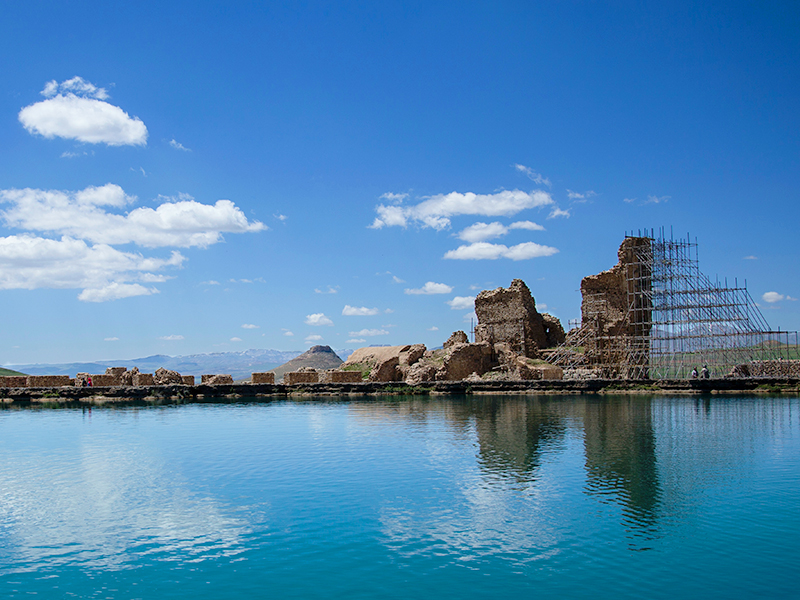
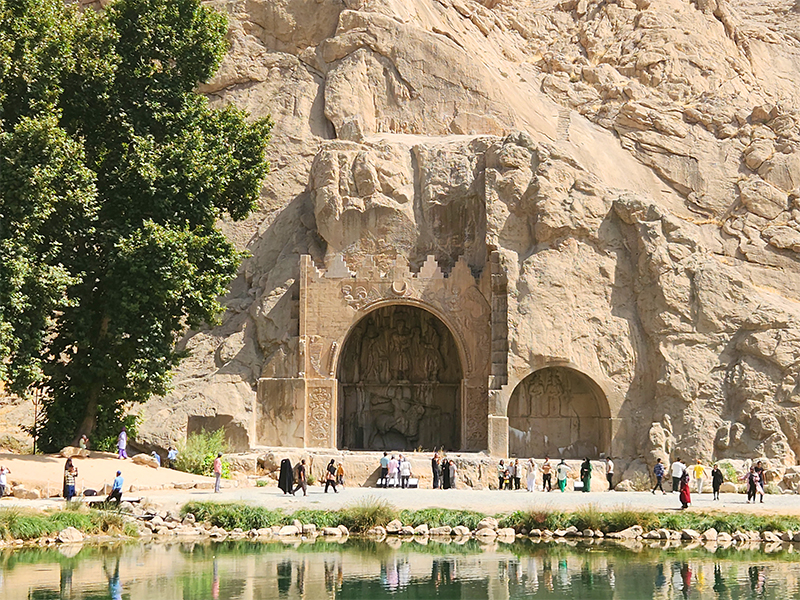




Leave a Reply
Want to join the discussion?Feel free to contribute!